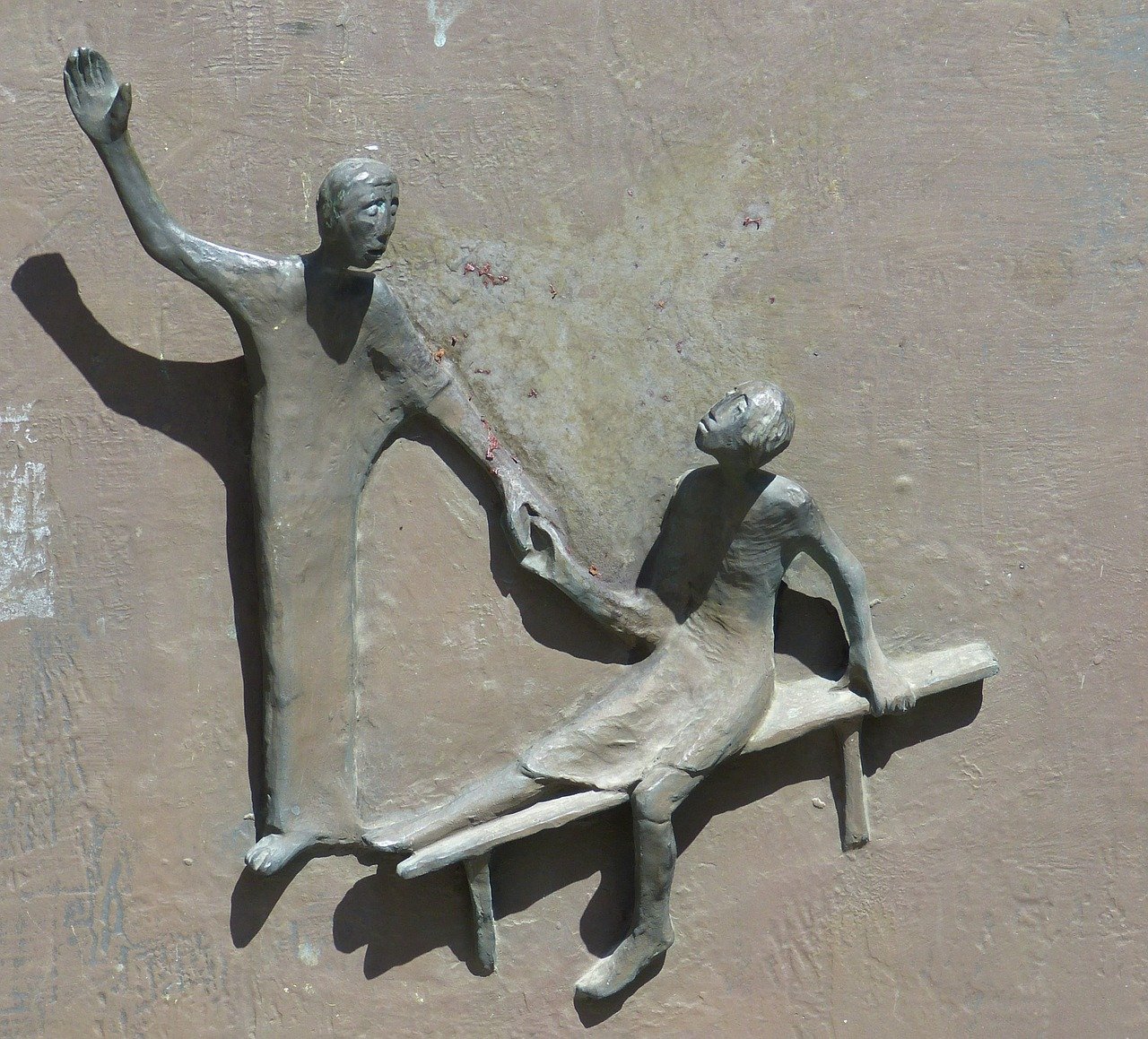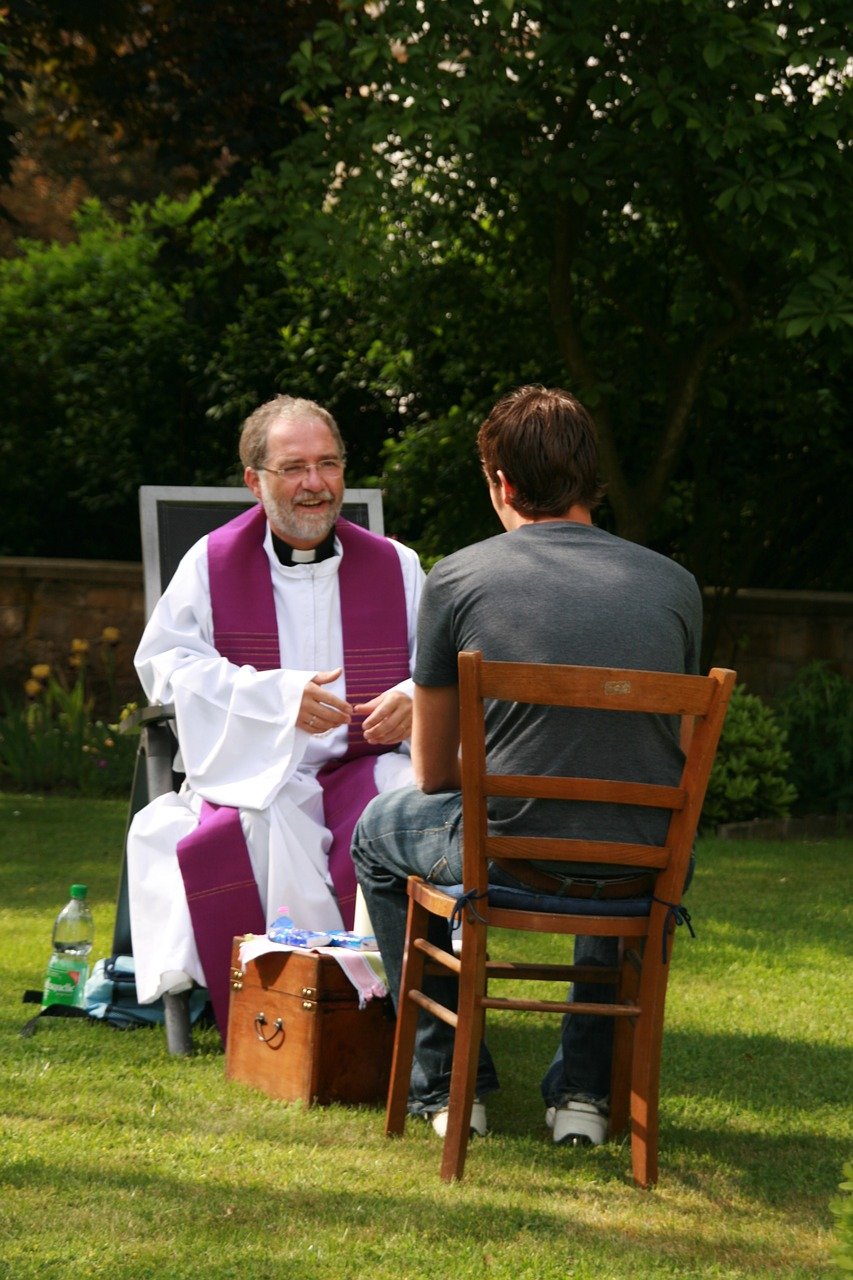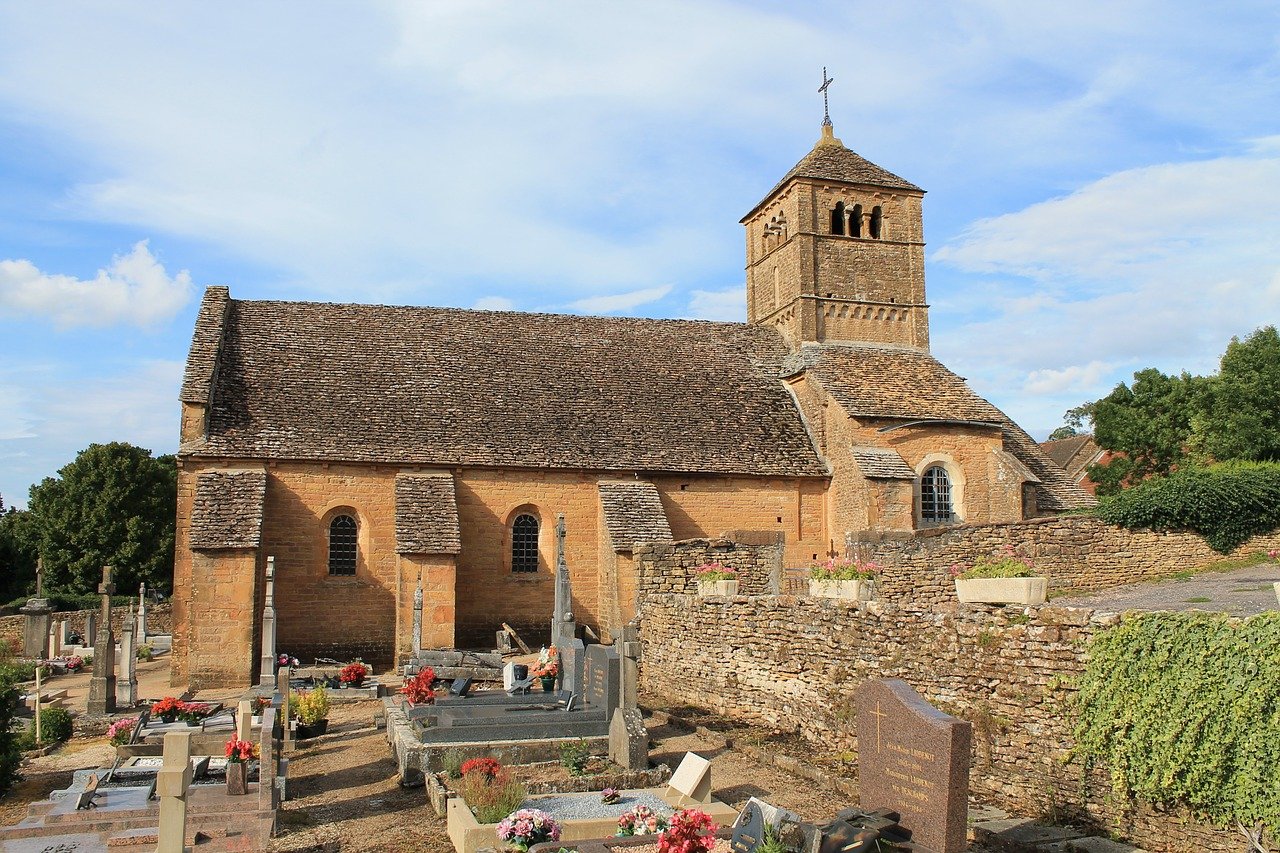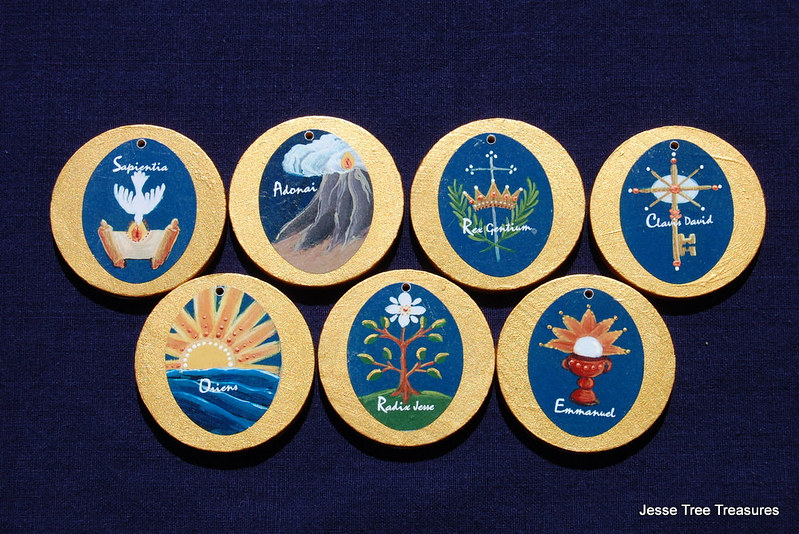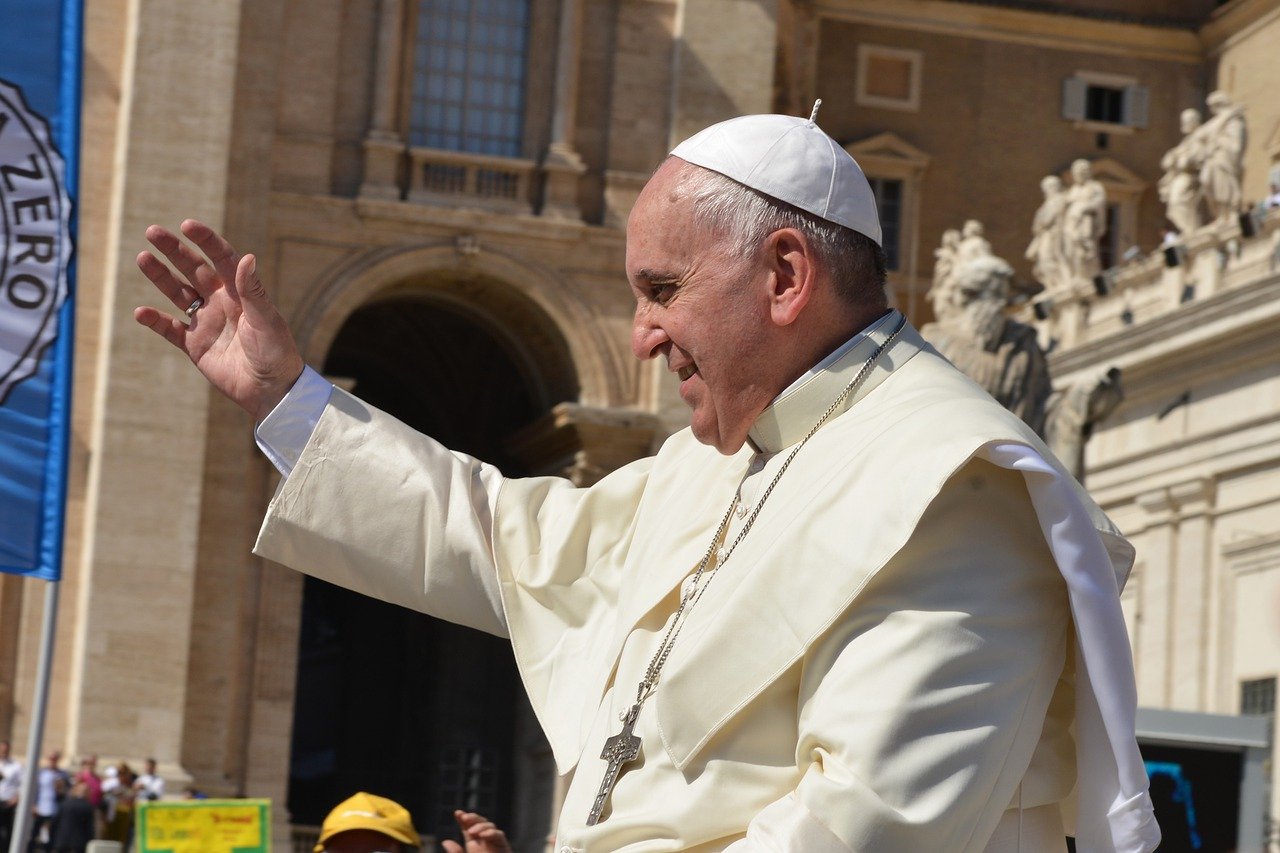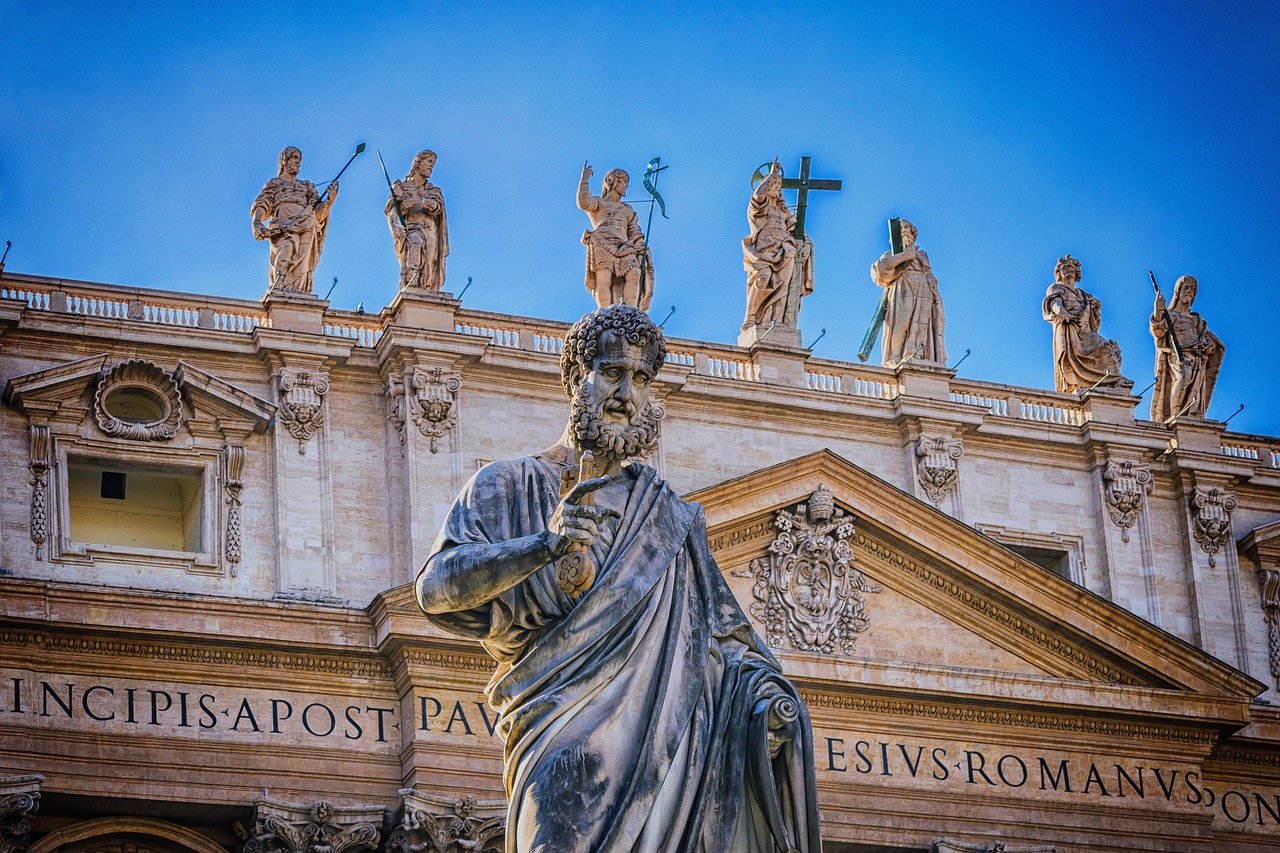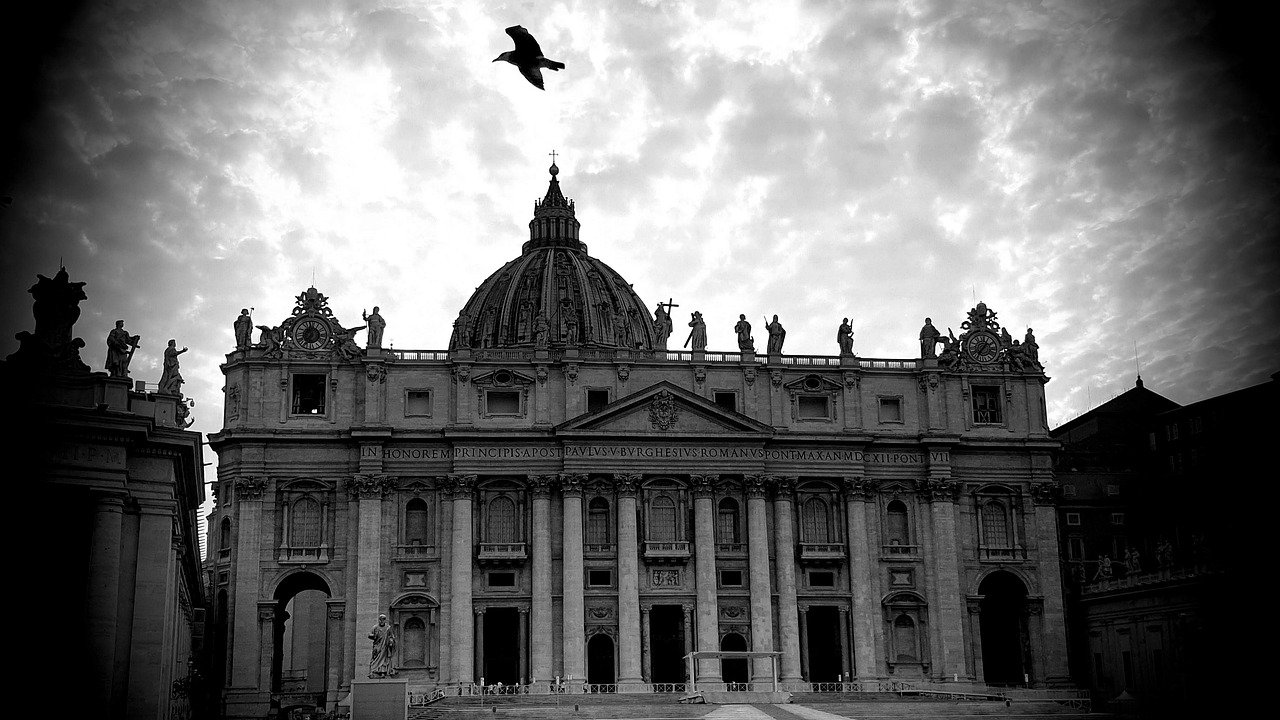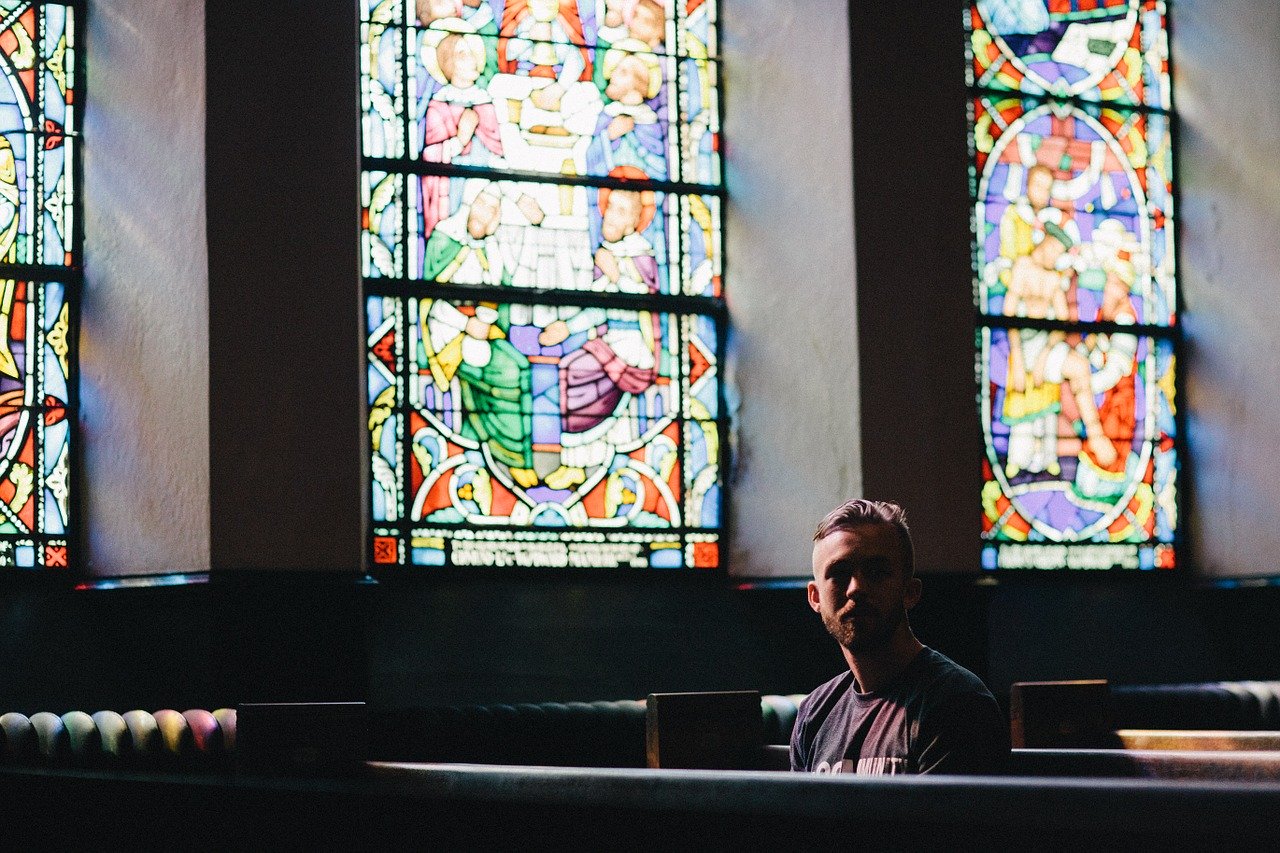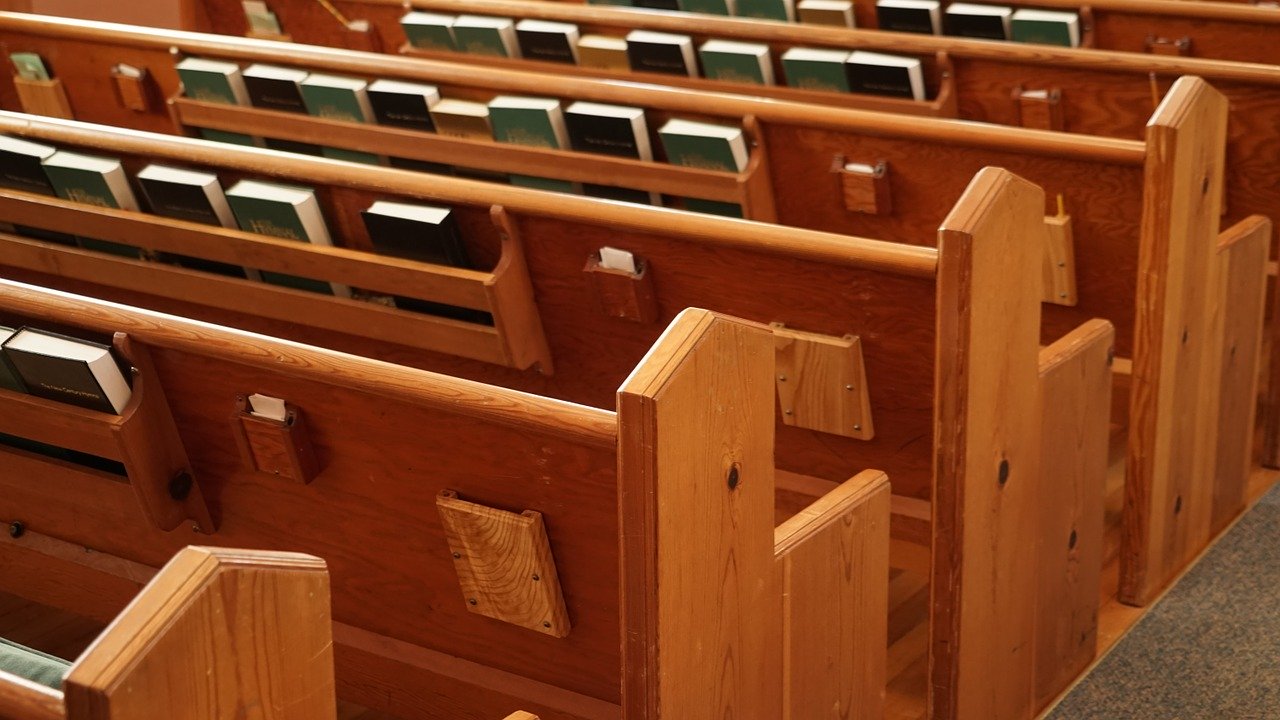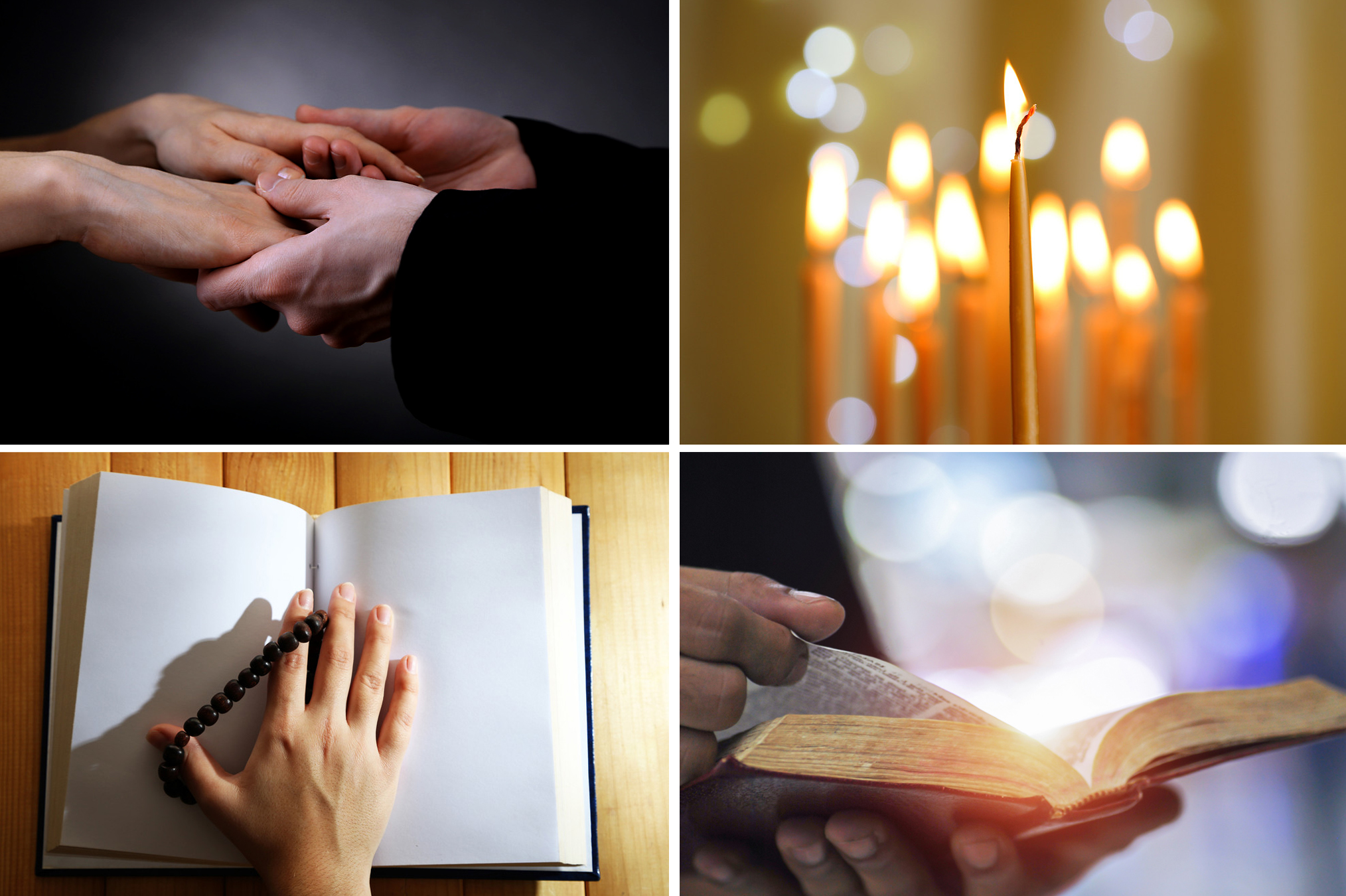
Prayer is a spiritual art, so recommended prayer forms vary according to the artist. In Richard McBrien’s Encyclopedia of Catholicism, three general categories are listed: vocal, mental, and passive. Vocal prayer is defined as anything that uses words—spoken, recited, or sung. It can utilize composed or spontaneous prayers. The psalms and the liturgy of the Mass are two examples of vocal prayer. Mental prayer, by contrast, is a silent reflection involving the imagination and will. Ignatian guided imagery and the use of Scripture in meditation (lectio divina) are samples of mental prayers. Passive prayer is also known as contemplation. You don’t control or generate it: you relinquish all. In return, the mystical encounter awaits as pure gift of God. Passive prayer can be ecstatic, as Teresa of Avila experienced it. It can also be a source of intense suffering, as with John of the Cross.
Another way to envision prayer forms are two categories suggested by Richard Rohr: mental prayer and body prayer. Here “mental” describes that which involves the rational being: both vocal and mental forms outlined above would fit into this idea of mental prayer. Body prayer, by contrast, means “to pray from the clay”—the vessel of the self formed from clay and divine Breath. This could include spiritual activities as diverse as walking the labyrinth or Stations of the Cross, pilgrimage, or fingering rosary beads. Depending on your level of participation in passive prayer mentioned above, this could be a mental prayer or a full-body experience.
The Modern Catholic Encyclopedia (ed. Glazier/Hellwig) gets more explicit, listing 16 prayer forms. The first bunch are communal: public (shared prayer), Eucharist (the source and summit of our faith), Scripture (where God speaks), and the Divine Office (psalm-led prayer on behalf of humankind). Tre Ore, the least familiar on this list, is a Trinity prayer in which one hour is given to silent adoration, one to writing and reflection, and a third to group sharing.
The MCE list includes the familiar: personal prayer, spiritual reading, silent listening, recitation (rosaries, litanies), mental prayer, contemplation, the examination of conscience. It also explores the idea of recollection (bringing God to mind throughout the day), meditation (guiding the intellect and reason), affective prayer (involving the emotions and affections), and journaling as an interactive mapping of the spiritual journey. This is by no means a definitive list. Consider it a place to begin.
Scripture: Num 6:24-26; Psalms; Matthew 6:9-13; Luke 1:46-55, 68-79; 2:29-32
Online
• A downloadable “User’s guide on the ways to pray” by Linus Mundy
• “Find Your Spirituality Type” quiz by Roger O'Brien
• “What's the difference between saying ‘set’ prayers and prayers in my own words?” by Alice Camille
• “How is the Mass ‘prayer’”? by Alice Camille
Books: Prayer and Temperament: Different Prayer Forms for Different Personality Types, by C. Michael, M. Norrisey (Open Door, 1985)
The Breath of the Soul, by Joan Chittister (Twenty-Third Pub, 2009)
Reprinted with permission from PrepareTheWord.com. ©TrueQuest Communications.





